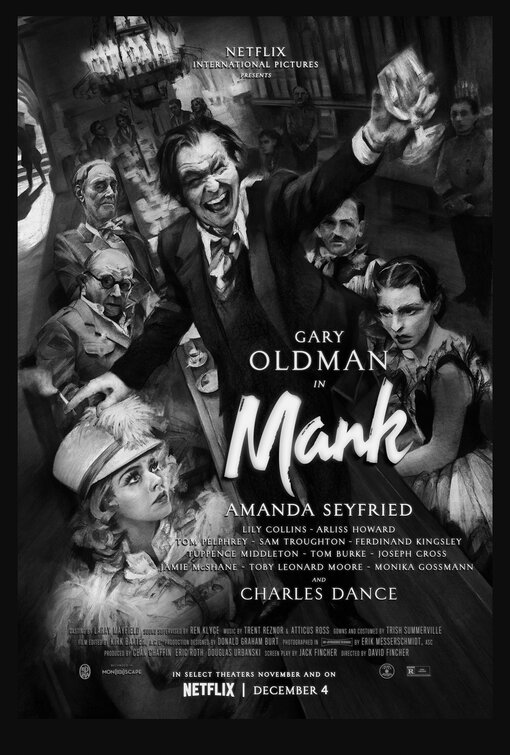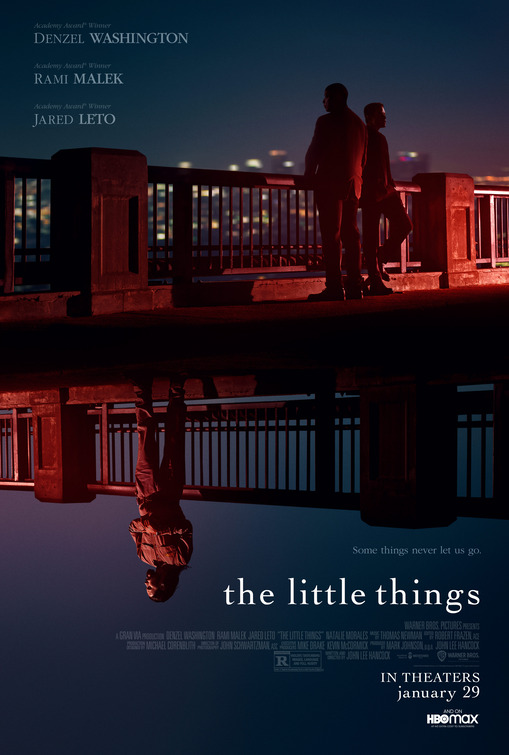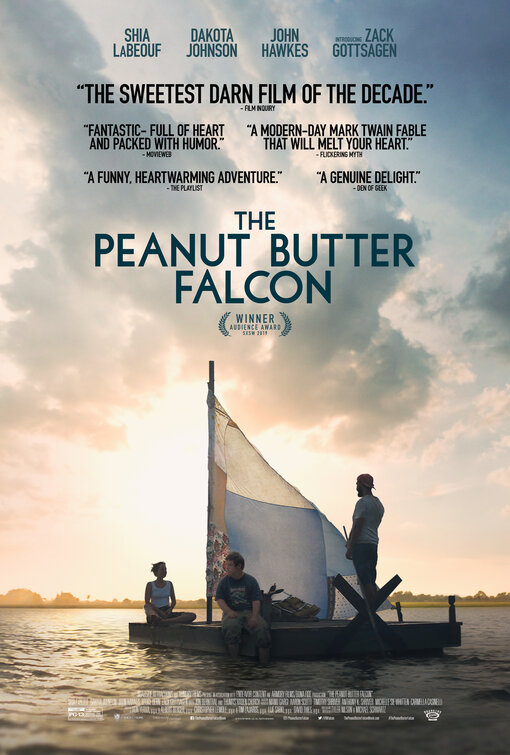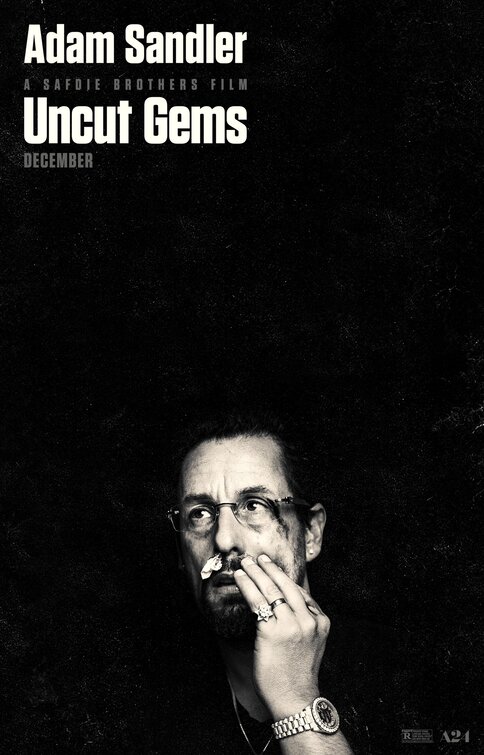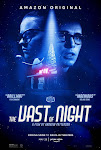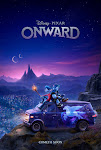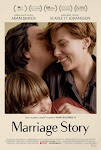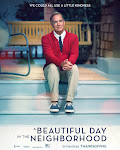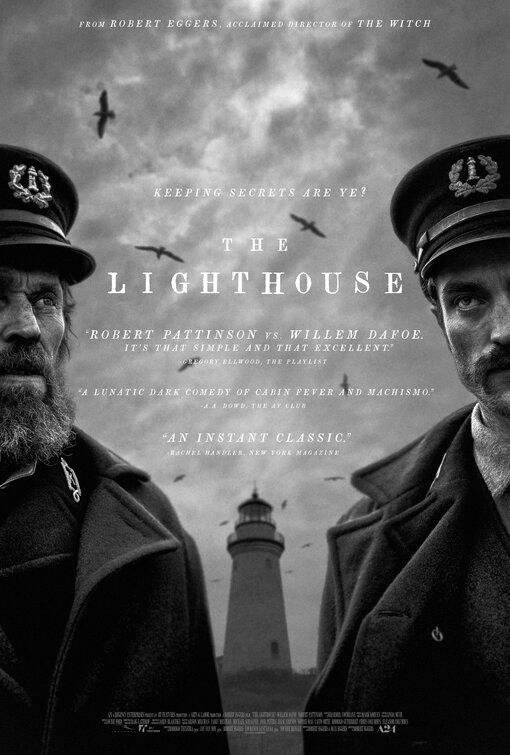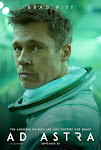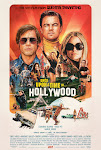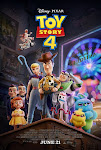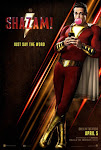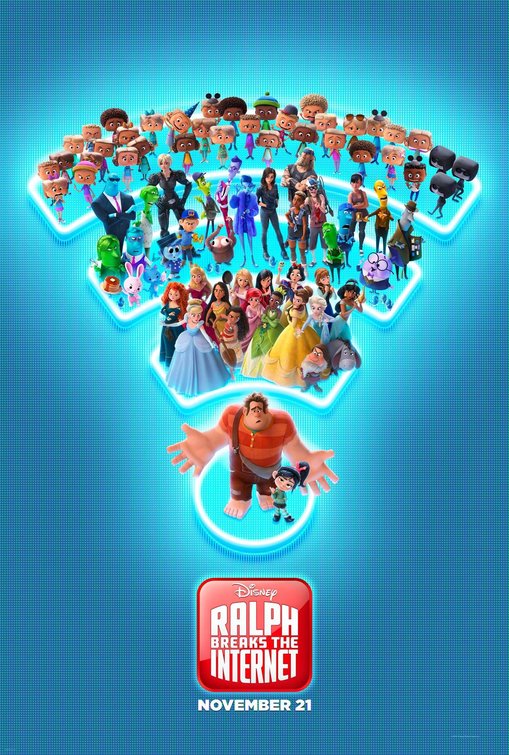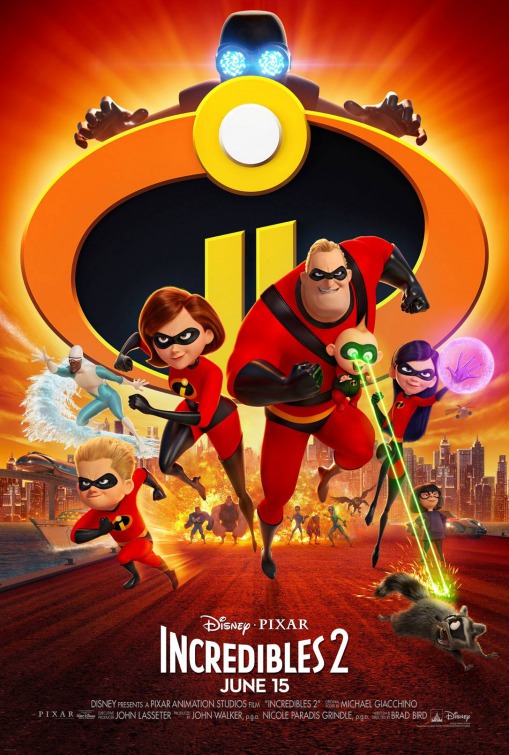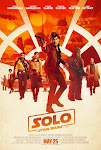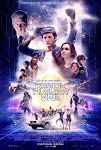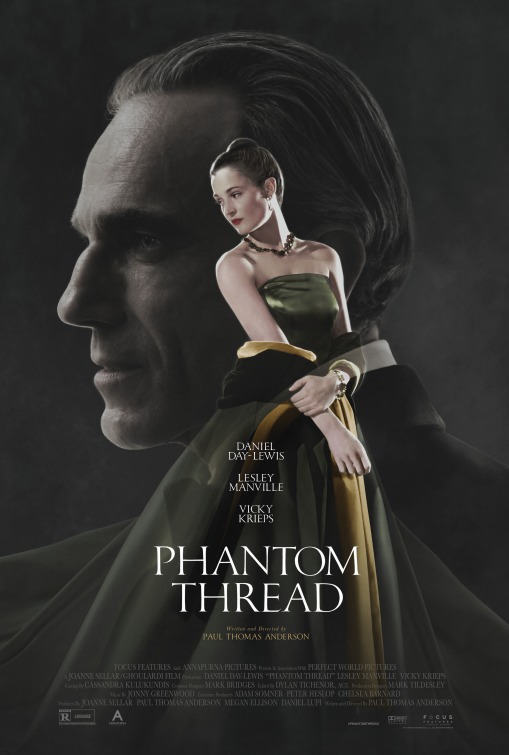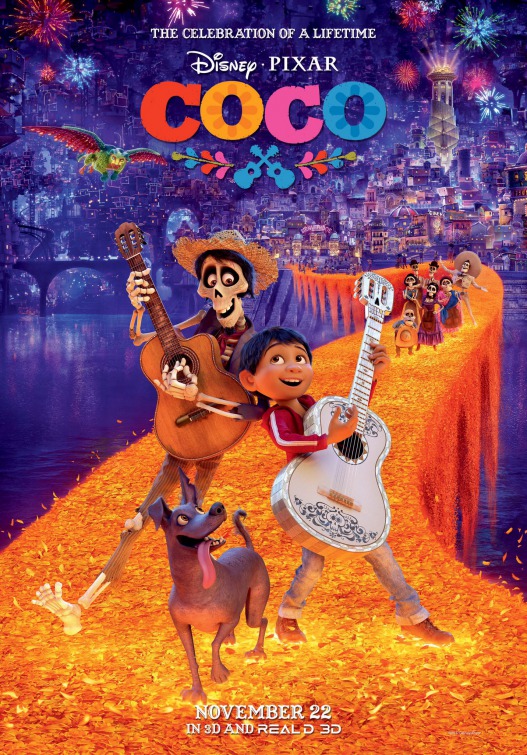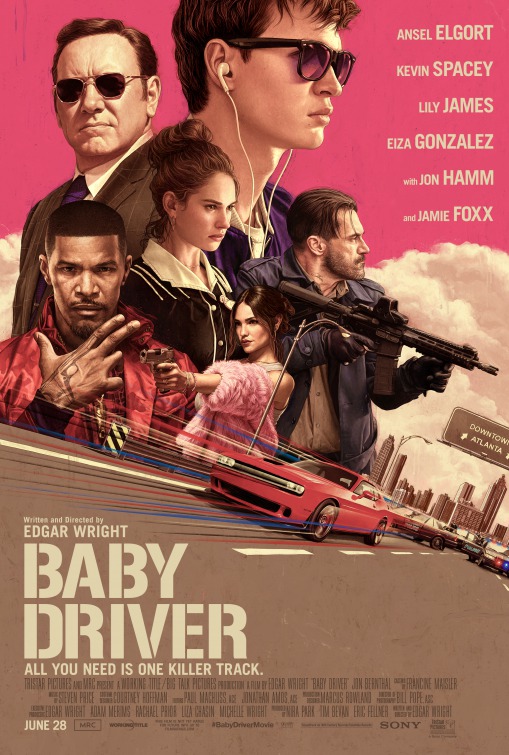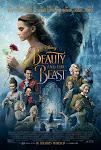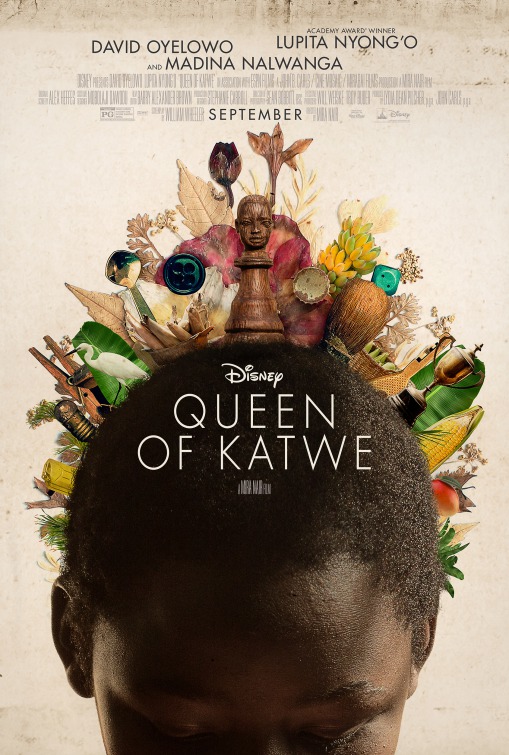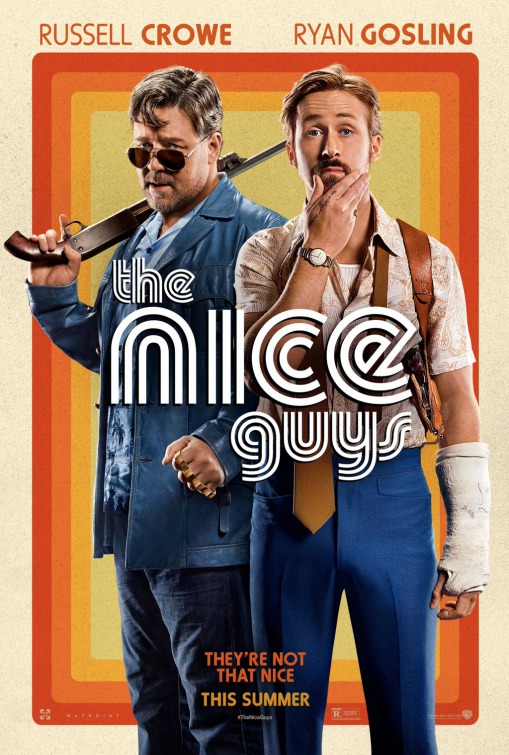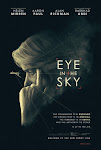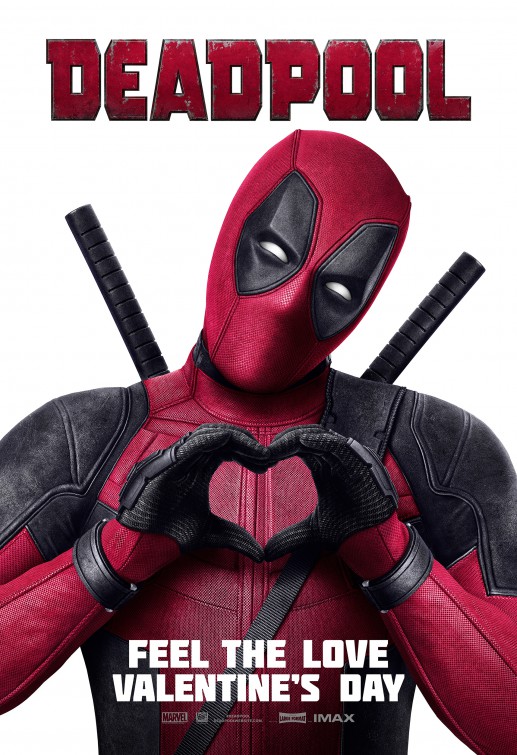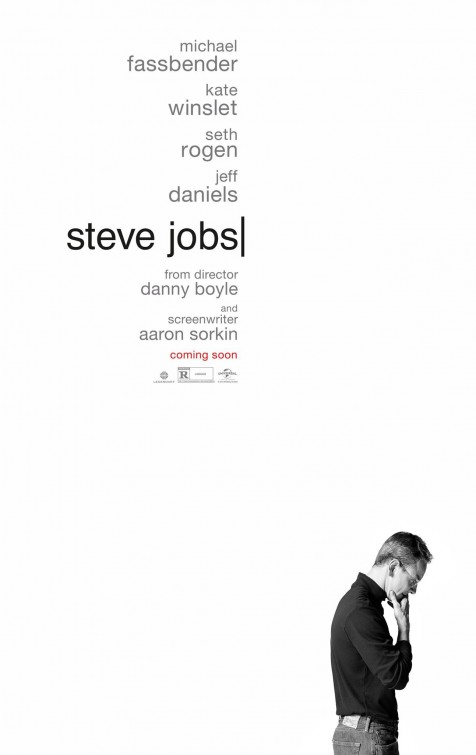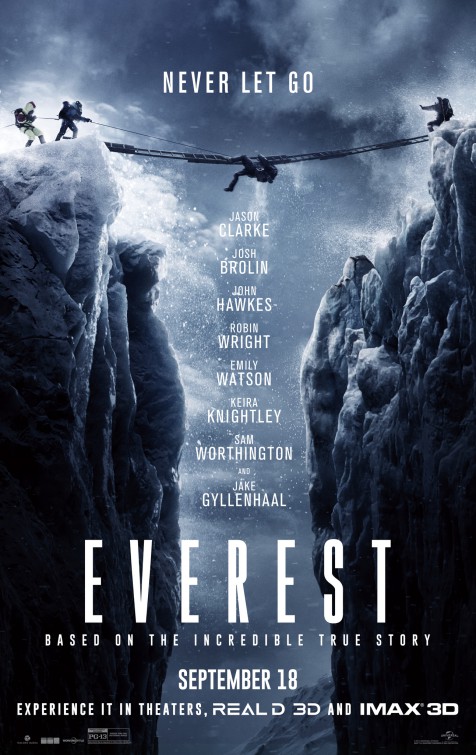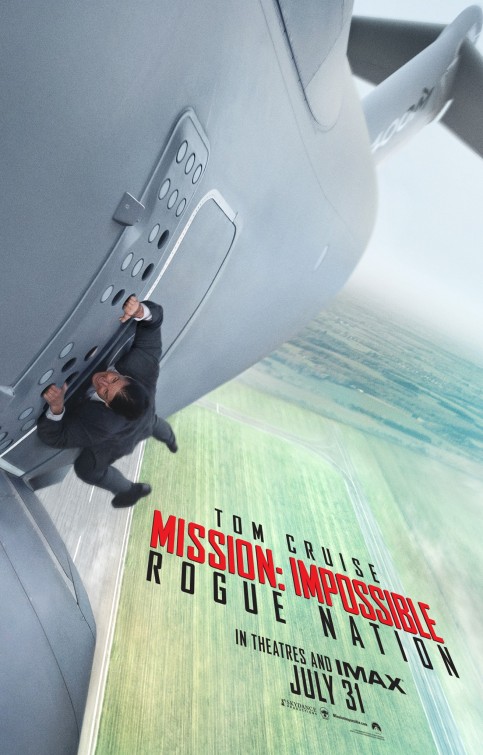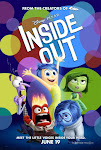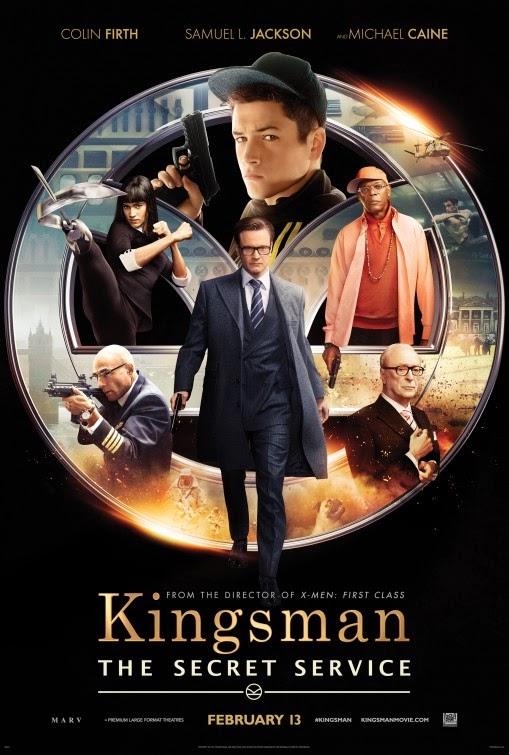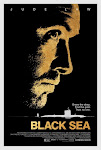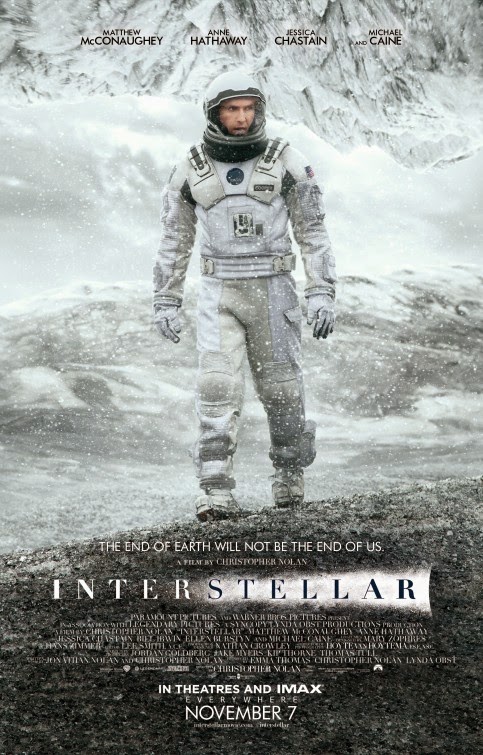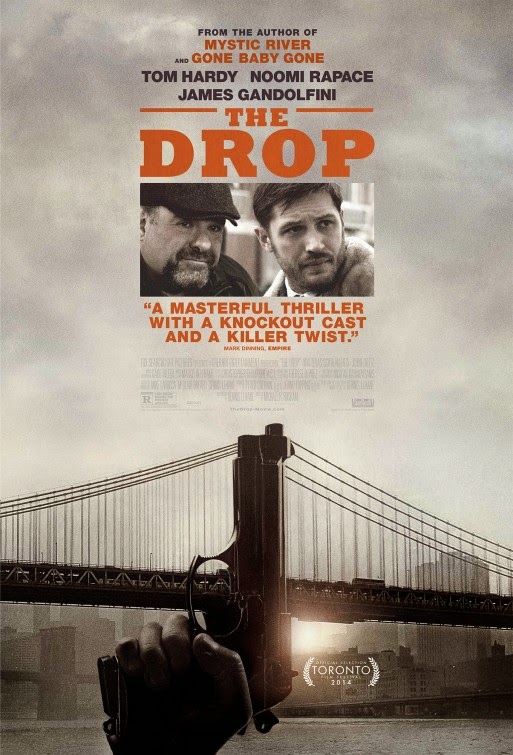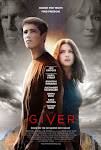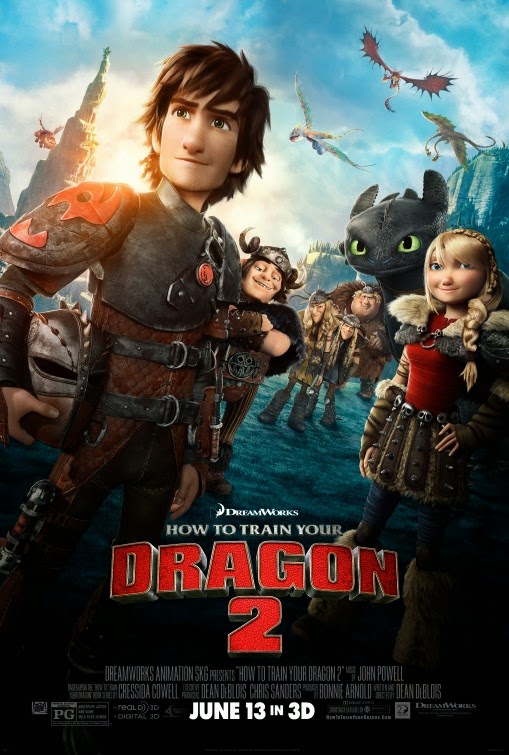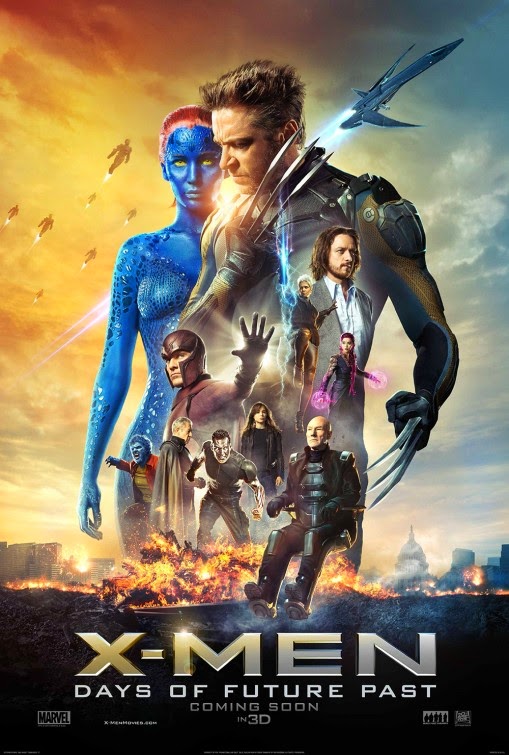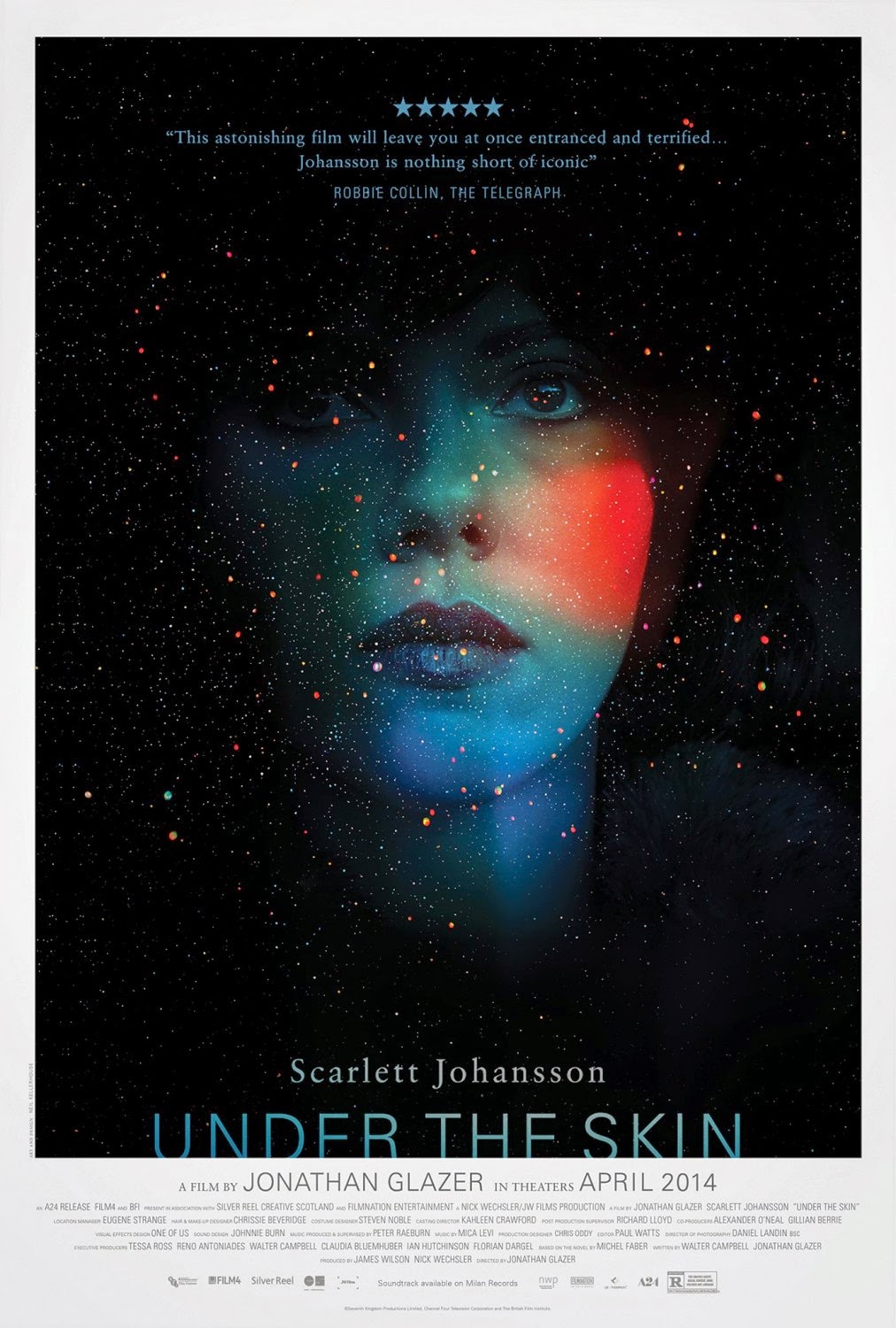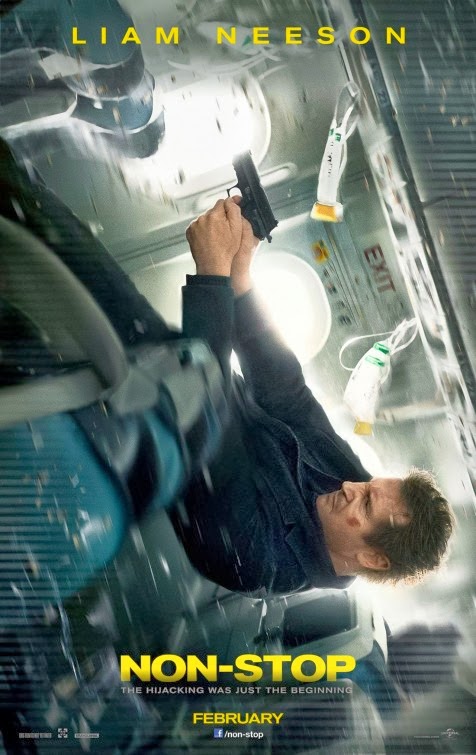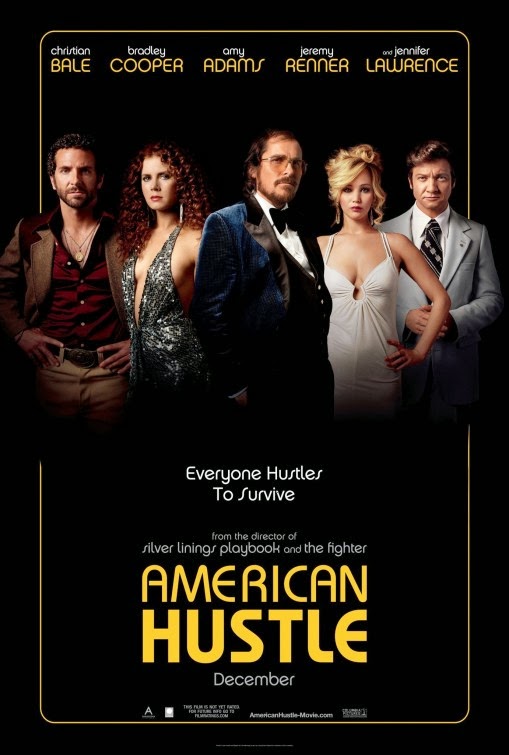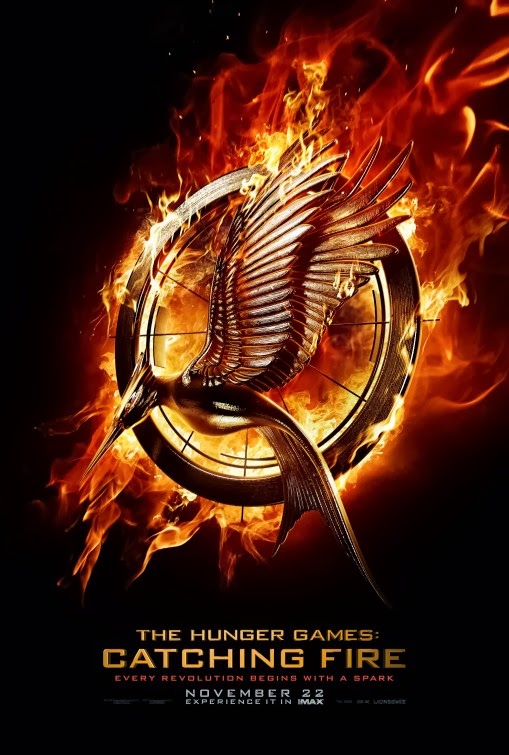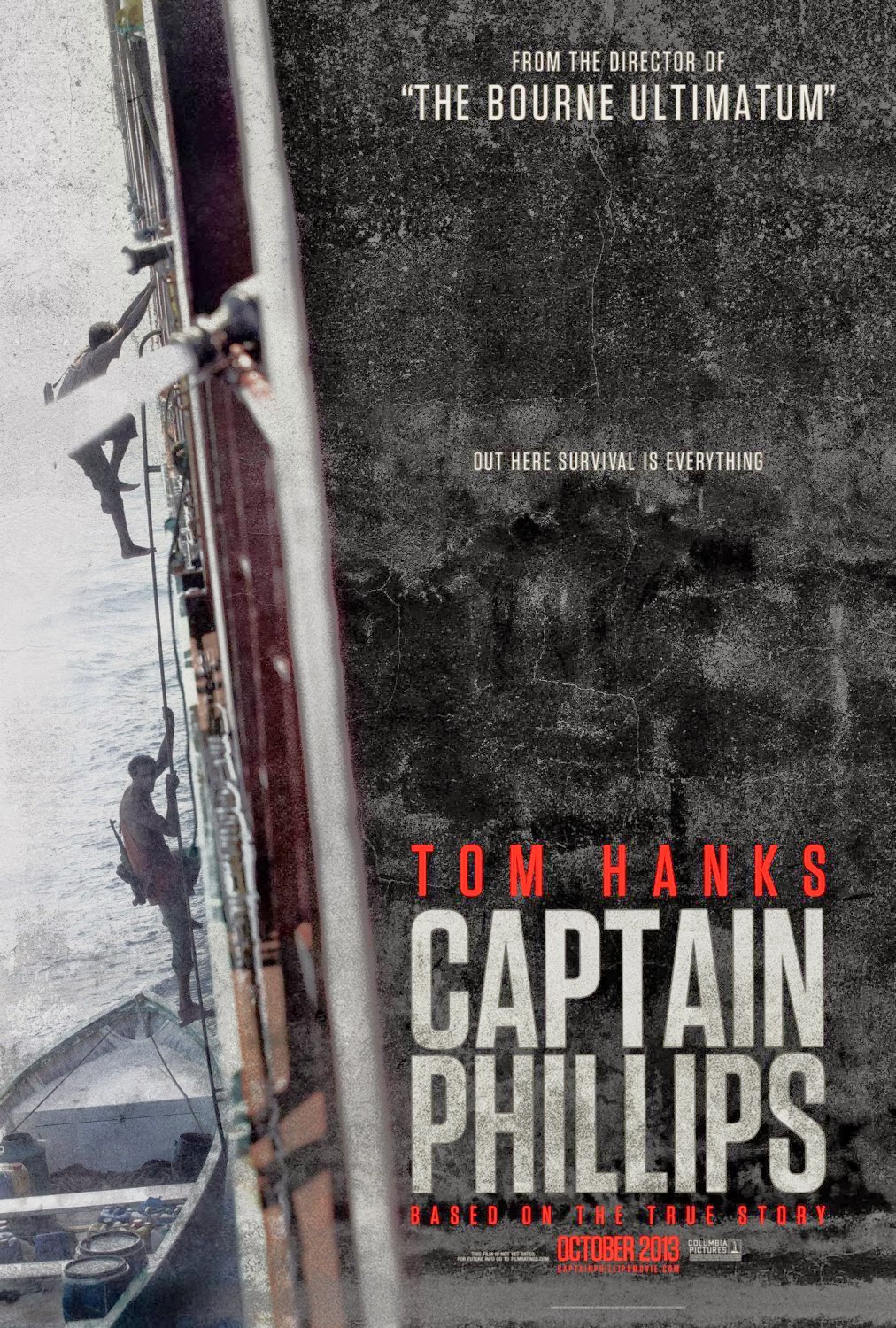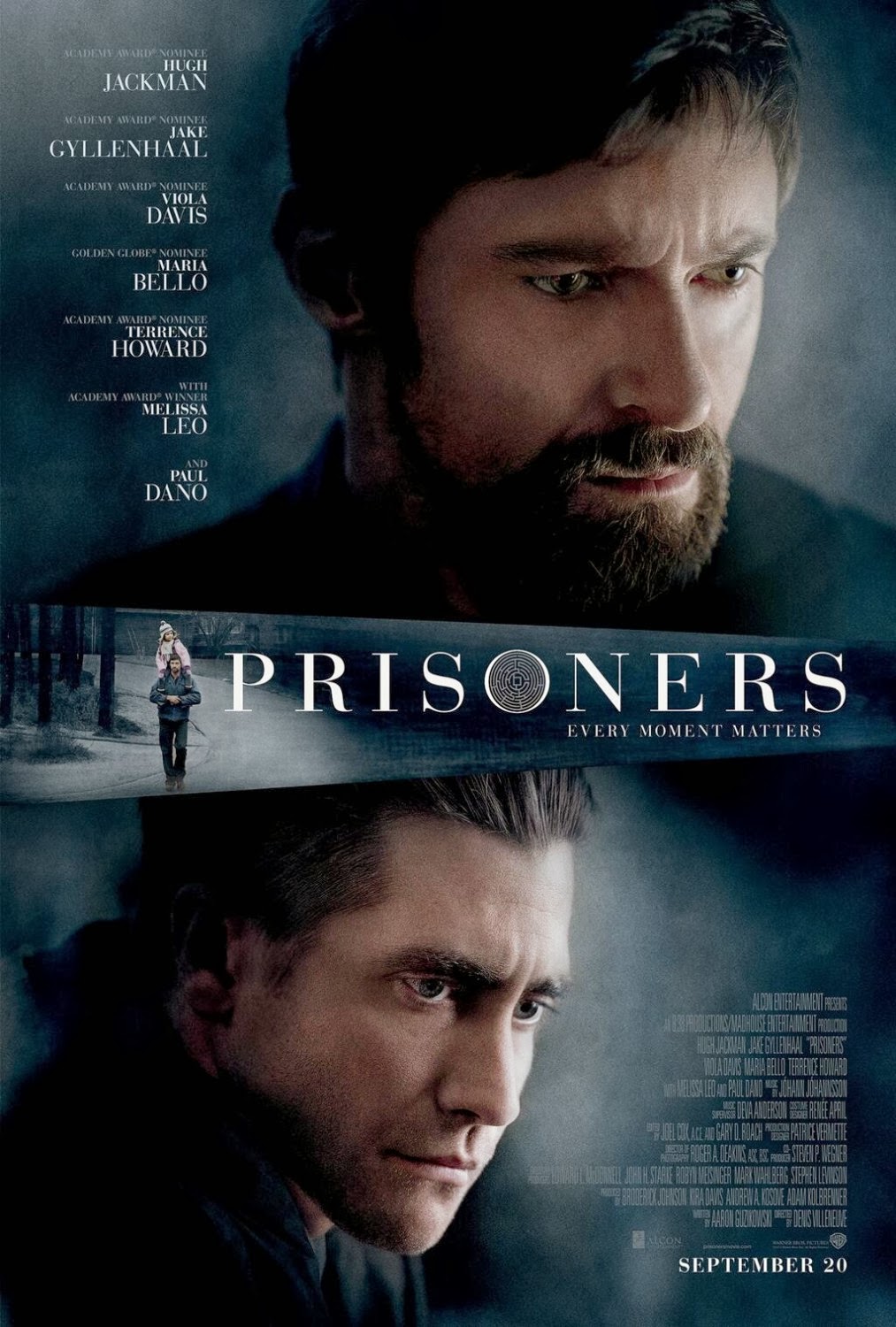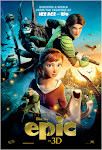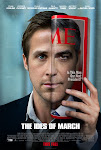Coastal View News
First a bit of history. Toward the beginning of WWII—mid-1940—the
Allies were in a bad way. British and French forces in France had been
outmaneuvered—schooled, really—by invading Nazi forces and, as a result, were pinned
against the English Channel at Dunkirk.
They—hundreds of thousands of soldiers—were surrounded with
naught at their backs but the sea. The Nazis were hoping to trap the Allied
armies there and leave them without any defenses in Britain. Dire stuff. In
fact, the British were even thinking of surrendering to the Germans! Short of a
miracle, the Allies were in for defeat.
But everyone knows the British didn’t surrender to the
Germans. So there must have been some glorious defense—some heroic military
battle—that repelled the Nazi army.
Not exactly. The “miracle” of Dunkirk wasn’t a charge. It
was a retreat—an evacuation.
In “Dunkirk”, the scene is surreal. With the crackle of gunfire
in the background, hordes of Allied soldiers are lined up on the beach waiting
for boats that don’t seem to be coming. All they can do is wait and wonder what’s
next.
A couple of the more restless soldiers flit about from
potential exit to potential exit. They get in line, then they try bearing a
stretcher onto a ship, then they try manning an abandoned tug boat … but, mere
miles from home, getting off that beach proves daunting. The tide keeps
bringing them back in.
Meanwhile, captains and admirals are trying to piece
together an evacuation, RAF pilots are struggling to hold off Nazi war planes,
and ordinary English citizens are organizing a massive, heroic effort to bring their
boys home. There are something like 400,000 soldiers on the beach. Churchill is
hoping to save about a tenth of that to defend England from invasion. So the
mission—what seems impossible—is just getting out of Dunkirk.
“Dunkirk” is inventive. The sense of narrative is not
achieved through character development (the movie bounces among various
characters, who are mostly silent and unknown) or plot (there are three
timelines covering varying spans that are spliced together such that the scenes
often appear out of order). Rather, it parallels the unrelenting and
uncontrolled ebb and flow of tides—of dread and relief, hope and despair, meaninglessness
and purpose—and is marked by total immersion in the sight, sound, and feel of an
army desperately trying to get away.
The score and cinematography of “Dunkirk” are beautifully
interwoven with the glare of the sun, the darkness of the underwater abyss, the
harassing roar of a jet engine, and the deafening silence of what’s next. The
experience of this movie is very basic and elemental. We aren’t given much by
way of high-minded, moralistic dialogue—we aren’t give much dialogue at all—or explanations, or reflections.
We get faces, and wordless vocalizations, and frenzy.
I appreciate Christopher Nolan’s adventurous, experimental
spirit when it comes to filmmaking, though I think he only succeeds about half
the time. Fortunately, this is one of those times. Instead of giving us a
typical war movie focused on conquest and violence, with an emphasis on beating
that bad guy (though we see Nazi
airplanes, we don’t really see “enemy” combatants in this movie) or blowing up that tank or overcoming that army (we
don’t see these things at all), we get a thoughtful, well-crafted movie about escaping.
The triumph at Dunkirk was living to fight another day.
The triumph of “Dunkirk” is depicting that story—and the feel of war, and the rawest,
most basic emotions—with hardly a word.




